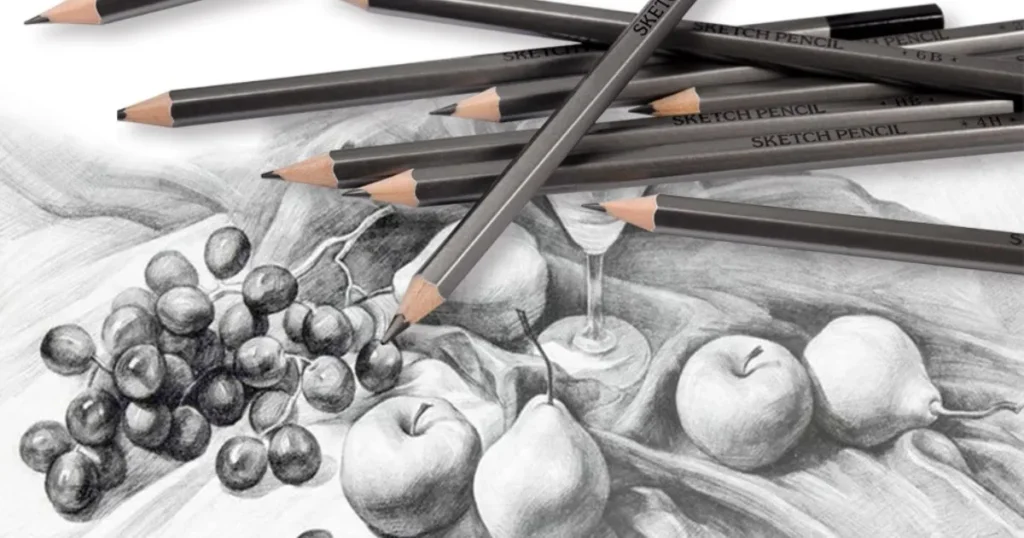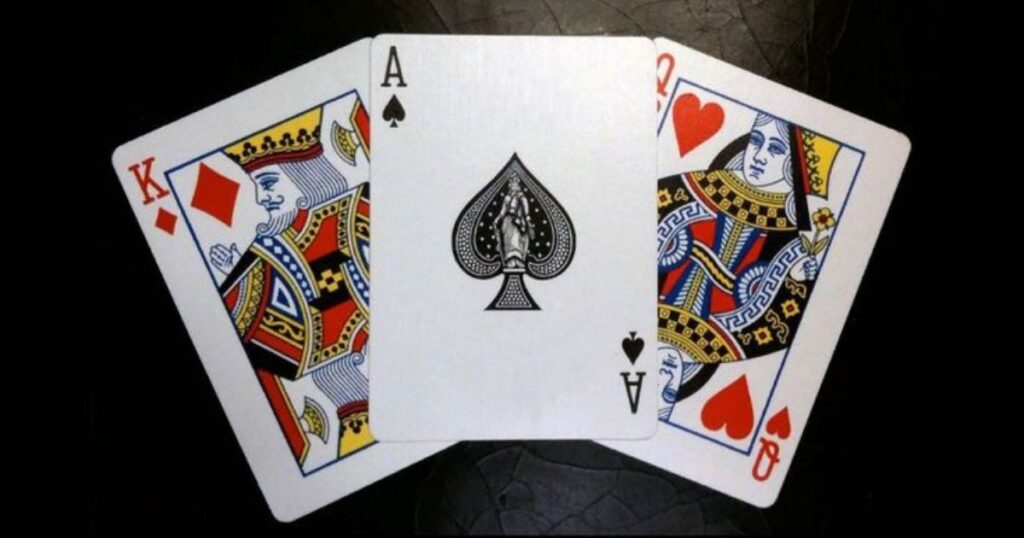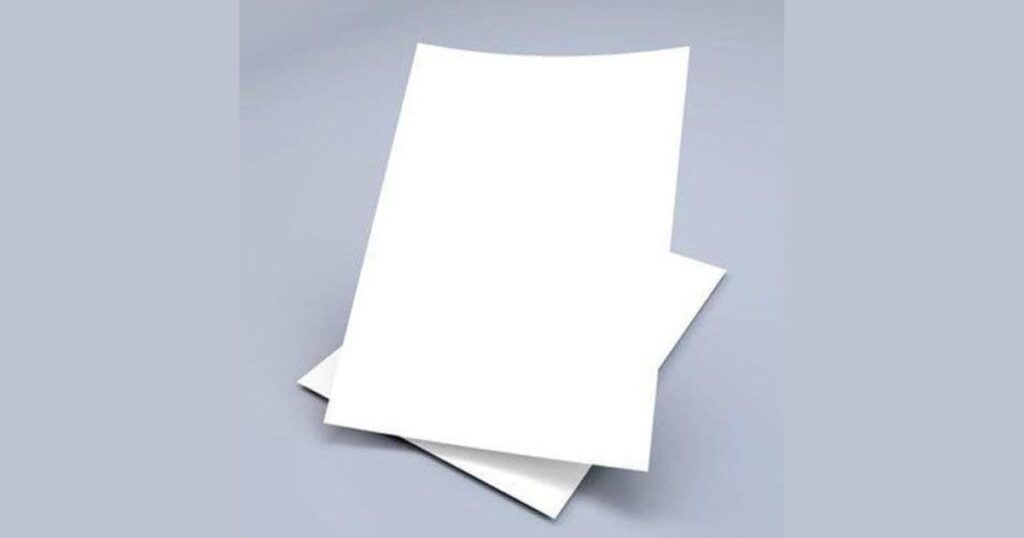Having trouble visualizing 10 inches? You’re not alone. Whether you’re working on a DIY project or just curious about measurements, this guide will help you understand exactly how long 10 inches is using common items you see every day.
How Big is 10 Inches?
Ten inches equals exactly 25.4 centimeters or 0.833 feet. While these numbers might seem abstract, we’ll explore familiar objects that make this measurement come alive. Understanding this length becomes particularly useful in everyday scenarios, from home improvement to crafting projects.
When we think about 10 inches, it’s helpful to know this measurement appears frequently in our daily lives. From the devices we use to common household items, this length surrounds us more often than we might realize.
Things that are 10 Inches Long: Common Examples
Before diving into specific items, it’s worth noting that these everyday objects provide reliable reference points for estimating 10-inch measurements. While some variations may exist between brands and models, these examples offer practical approximations that prove useful in daily life.
1. Professional Drawing Pencils

A standard professional drawing pencil, when brand new, typically measures exactly 10 inches in length. This standardized length emerged from centuries of artistic tradition and ergonomic research into optimal tool dimensions for artists and designers.
Artists and designers worldwide rely on this consistent measurement when selecting and organizing their tools. The precise 10-inch length allows for comfortable grip while providing enough material for extended use through multiple sharpenings.
Professional art supply manufacturers maintain strict adherence to these dimensions, making drawing pencils reliable reference points for measurement. This standardization extends across different grades of pencils, from 9H to 9B.
2. Standard Ruler Edge

While a standard ruler measures 12 inches in total length, the 10-inch mark serves as a crucial reference point. This measurement represents approximately 83.3% of the ruler’s total length, making it easy to visualize and measure quickly.
Professional drafters and architects frequently use this measurement as a quick reference point when sketching preliminary designs. The clear demarcation at the 10-inch mark on most rulers makes it an invaluable tool for quick estimations.
The ubiquity of rulers in educational and professional settings makes this reference point particularly useful for teaching measurement concepts. Whether working in imperial or metric measurements, the 10-inch mark remains a consistent standard across different ruler types.
3. Five AA Batteries

Standard AA batteries provide another reliable way to measure 10 inches. Each battery measures approximately 2 inches in length, making five batteries placed end-to-end an excellent representation of 10 inches. This method proves particularly useful since most households keep AA batteries on hand.
The cylindrical shape of batteries makes them easy to align accurately. When placing them end-to-end, ensure they touch without gaps to maintain precise measurement. This technique works especially well on flat surfaces.
Professional craftspeople often use this method for quick estimates when working on projects requiring approximate measurements. The consistency in AA battery manufacturing ensures reliable results across different brands.
4. Bread Knife

A standard bread knife typically measures 10 inches from tip to handle, making it an excellent reference point for this length. The blade alone usually spans about 8 inches, with the handle accounting for the remaining length. This kitchen staple serves dual purposes as both a cutting tool and measuring reference.
Professional chefs and baking enthusiasts rely on these proportions for consistent results. The length allows for smooth, even cuts through various bread types while providing optimal control during use. This standardized size has evolved through years of culinary experience.
Most quality bread knives maintain this 10-inch measurement across different manufacturers, though some variation exists. When using this as a reference, measure from the tip of the blade to where the handle meets the tang for most accurate results.
5. Five Golf Tees

Standard golf tees arranged in a line create an excellent 10-inch reference. Most professional-grade tees measure exactly 2 inches, making five tees a perfect representation of our target measurement. This method proves particularly useful for golfers and sports enthusiasts.
Golf tees maintain consistent measurements due to professional gaming regulations. Their rigid construction and uniform size make them reliable measuring tools when needed. Many golf courses and pro shops stock these standard-sized tees.
Consider keeping a few tees in your toolkit for quick measurements. Their portable nature and durability make them practical measuring tools beyond the golf course.
6. iPad 8th Generation Height

The iPad 8th generation stands as a precise reference point, measuring 9.8 inches in height. This measurement remains consistent across the 7th, 8th, and 9th generation models, making it a reliable standard. Apple’s strict manufacturing specifications ensure uniformity across devices.
This tablet’s dimensions represent careful engineering choices based on user ergonomics and functionality. The height measurement proves particularly useful for creative professionals who frequently work with digital media and need quick size references.
Professional designers and artists often use their iPads as measuring references when sketching or planning layouts. The device’s ubiquity in modern workplaces makes it a convenient measuring tool for quick estimates.
7. Hand Size

The average adult hand spans between 6.5 to 7.5 inches from wrist to middle fingertip. By extending your thumb and pinky finger apart (making a “span”), most adults can create a measurement close to 8 inches. Adding two finger widths typically brings this measurement very close to 10 inches.
Hand measurements vary by gender and individual characteristics, but this approximation method proves useful for quick estimates. Men typically have slightly larger hand spans than women, but the difference rarely exceeds an inch.
Understanding your personal hand measurements can provide a convenient reference tool you always carry with you. Professional craftspeople often calibrate their hand spans for rough measurements during initial project planning.
8. Two Soda Cans

Standard aluminum soda cans make perfect measuring tools. Each can stands approximately 4.83 inches tall, meaning two cans stacked together reach just shy of 10 inches. This simple visualization works particularly well because soda cans maintain consistent dimensions across most brands.
Many people find this comparison especially useful because soda cans are readily available in most households. Their standardized size makes them reliable measuring tools when you need a quick reference for 10 inches.
The slight gap between two stacked cans (9.66 inches) and 10 inches is minimal enough that this comparison serves practical purposes well. Remember this handy reference next time you need to estimate a 10-inch measurement.
9. Three Standard Playing Cards

A standard playing card measures about 3.5 inches in height. Place three cards end to end, and you’ll have a surprisingly accurate 10.5-inch measuring tool. This slight overage of half an inch makes cards particularly useful for estimating measurements.
Playing cards offer an advantage over other measuring tools because they’re thin and easy to manipulate. Their rigid construction helps maintain accurate measurements when aligned properly.
Most households have at least one deck of cards, making this an accessible reference point. The standardized size of playing cards across different manufacturers ensures consistent measurements.
10. iPhone SE (2020)

The iPhone SE (2020) provides another useful reference point. While the screen measures 4.7 inches diagonally, the device’s total height reaches approximately 5.45 inches. Two devices placed end-to-end closely approximate 10 inches, making this a practical measurement tool.
Apple’s precise manufacturing standards ensure consistent dimensions across all units. This standardization makes the iPhone SE particularly reliable for measurement estimates in professional settings.
The device’s rectangular shape and clearly defined edges facilitate accurate alignment when using it as a measuring reference. This proves especially useful in situations where traditional measuring tools aren’t readily available.
11. iPhone 13 Mini

The iPhone 13 Mini, with its compact form factor, measures approximately 5.18 inches in height. Two devices placed end-to-end create a length of about 10.36 inches, slightly exceeding our target measurement but still providing a useful reference point.
Professional photographers and videographers often use this device’s dimensions as quick reference guides when setting up shots. The slight overerage actually helps in situations where a margin of error is acceptable.
Understanding these dimensions proves particularly valuable for mobile device accessory designers and manufacturers who need quick references during prototyping phases.
12. A4 Size Paper

A4 paper, the international standard for business documents, measures 11.7 inches in length and 8.3 inches in width. While slightly longer than 10 inches, the paper’s length serves as a useful reference point, with 10 inches falling approximately 1.7 inches short of the total length.
Professional offices worldwide use this standardized format, making it an easily accessible measuring tool. The paper’s crisp edges and consistent dimensions across manufacturers ensure reliable measurements.
Document designers and office professionals regularly use A4 paper as a quick reference for estimating measurements in various projects.
13. Three Debit Cards

Standard debit cards measure 3.37 inches in length, making three cards aligned end-to-end span approximately 10.11 inches. This measurement remains consistent across all major card issuers due to international banking standards.
Financial institutions worldwide adhere to these precise dimensions to ensure compatibility with ATMs and card readers. This standardization makes debit cards particularly reliable for measurement references.
The rigid construction and precise manufacturing of these cards provide accurate measurements when properly aligned.
Additional Measurement References
Digital Tablets
Many digital tablets, including drawing tablets and e-readers, approximate 10 inches in their longer dimension. This standardization emerged from decades of user experience research and ergonomic studies.
Computer Keyboards
Standard computer keyboards typically measure close to 10 inches from function key row to number pad. This dimension evolved from extensive research into typing efficiency and user comfort.
Practical Applications
Understanding 10-inch measurements helps in various real-world scenarios, from home improvement projects to professional design work. These everyday references provide quick, reliable estimations when precision tools aren’t available.
This knowledge proves particularly valuable in digital design, where screen sizes and document dimensions frequently reference these measurements. Professional designers often use these common objects as quick reference points during initial project planning phases.
Remember that while these objects provide useful approximations, always use proper measuring tools for projects requiring precise measurements. Keep these references in mind as helpful guides for quick estimates in daily situations.
Read Also: 13 Things That are 20 inches Long or Big
Frequently Asked Questions
How Long Is 10 Inches In Centimeters?
10 inches equals exactly 25.4 centimeters. This standard conversion is used worldwide in engineering, construction, and everyday measurements.
How Big is 10 Inches In Feet?
10 inches converts to 0.833 feet, or five-sixths of a foot. This measurement is commonly used in construction and home improvement projects.
How Long are 10 Inches on a Ruler?
On a standard 12-inch ruler, 10 inches spans from the zero mark to the tenth major line marking. It occupies approximately 83% of the ruler’s total length.
Conclusion
Ever wondered exactly how long 10 inches is? Think about items you see every day. Stack two soda cans and you’re there. Or line up three playing cards end to end. Even your trusty bread knife is probably 10 inches long.
We explored 13 common objects that measure 10 inches, from the stack of debit cards in your wallet to the iPad sitting on your desk. Whether you’re tackling a DIY project or just need a quick measurement reference, these everyday items offer reliable ways to visualize this length.
Remember, while these comparisons work great for estimates, use proper measuring tools when precision matters. But next time you need a quick 10-inch reference, just look around – the perfect measuring tool might already be in your hand.
